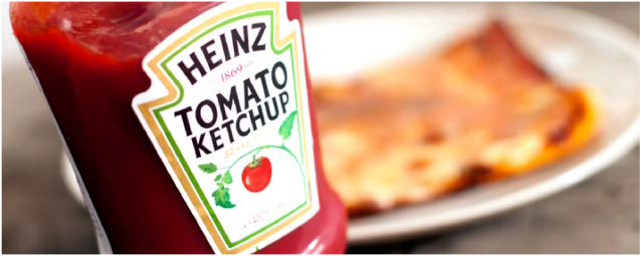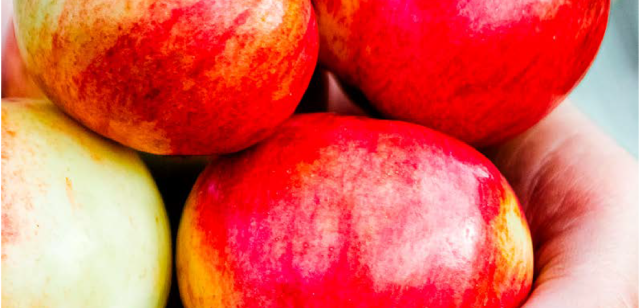
Ketchup Production Line for kraft heinz mexico
Case Study
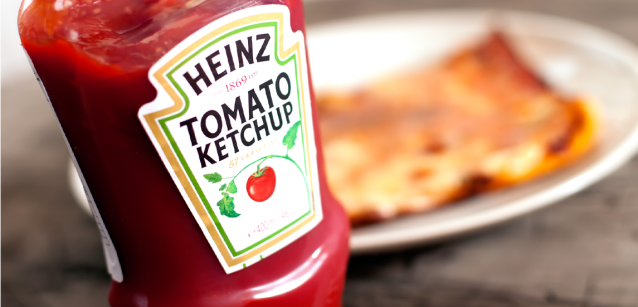
Ketchup Production Line for kraft heinz mexico
Case Study
Ketchup: Its origins and tomato variant
Ketchup originates from coastal southern China. It is thought that the term “ketchup” is derived from Cantonese or from one of the dialects in that area. The ideograms with which the word is represented mean “salmon / fish” “brine / juice”. In fact, the original recipe was based on fermented fish and not tomatoes. The Chinese spread it throughout South-east Asia, where it entered into the Malaysian language as kecap or kicap (pronounced /kechap/ or / kichap/). From Malaysian, it entered into English as ketchup.
Although it is often considered a US product, the origin of ketchup is actually Eastern. When this sauce landed in Europe in the seventeenth century, chefs began to think up new variations using different ingredients, including oysters, mushrooms, walnuts and lemon. The modern ketchup recipe began its development in the late eighteenth century in the United States, when several chefs began to use tomatoes to produce it.
In 1812 the first Tomato Ketchup was born, produced by James Mease, of Philadelphia. But it wasn’t until 1869 that Henry J. Heinz developed the ketchup recipe that his company, Heinz, still uses today. Going against the tide of the habits of the time, Heinz increased the amount of vinegar and sugar, added onion and a mix of spices, creating the recipe that is still considered the definitive one today.

Ketchup: Its origins and tomato variant
Ketchup originates from coastal southern China. It is thought that the term “ketchup” is derived from Cantonese or from one of the dialects in that area. The ideograms with which the word is represented mean “salmon / fish” “brine / juice”. In fact, the original recipe was based on fermented fish and not tomatoes. The Chinese spread it throughout South-east Asia, where it entered into the Malaysian language as kecap or kicap (pronounced /kechap/ or / kichap/). From Malaysian, it entered into English as ketchup.
Although it is often considered a US product, the origin of ketchup is actually Eastern. When this sauce landed in Europe in the seventeenth century, chefs began to think up new variations using different ingredients, including oysters, mushrooms, walnuts and lemon. The modern ketchup recipe began its development in the late eighteenth century in the United States, when several chefs began to use tomatoes to produce it.
In 1812 the first Tomato Ketchup was born, produced by James Mease, of Philadelphia. But it wasn’t until 1869 that Henry J. Heinz developed the ketchup recipe that his company, Heinz, still uses today. Going against the tide of the habits of the time, Heinz increased the amount of vinegar and sugar, added onion and a mix of spices, creating the recipe that is still considered the definitive one today.

Ketchup: Its origins and tomato variant
Ketchup originates from coastal southern China. It is thought that the term “ketchup” is derived from Cantonese or from one of the dialects in that area. The ideograms with which the word is represented mean “salmon / fish” “brine / juice”. In fact, the original recipe was based on fermented fish and not tomatoes. The Chinese spread it throughout South-east Asia, where it entered into the Malaysian language as kecap or kicap (pronounced /kechap/ or / kichap/). From Malaysian, it entered into English as ketchup.
Although it is often considered a US product, the origin of ketchup is actually Eastern. When this sauce landed in Europe in the seventeenth century, chefs began to think up new variations using different ingredients, including oysters, mushrooms, walnuts and lemon. The modern ketchup recipe began its development in the late eighteenth century in the United States, when several chefs began to use tomatoes to produce it.
In 1812 the first Tomato Ketchup was born, produced by James Mease, of Philadelphia. But it wasn’t until 1869 that Henry J. Heinz developed the ketchup recipe that his company, Heinz, still uses today. Going against the tide of the habits of the time, Heinz increased the amount of vinegar and sugar, added onion and a mix of spices, creating the recipe that is still considered the definitive one today.
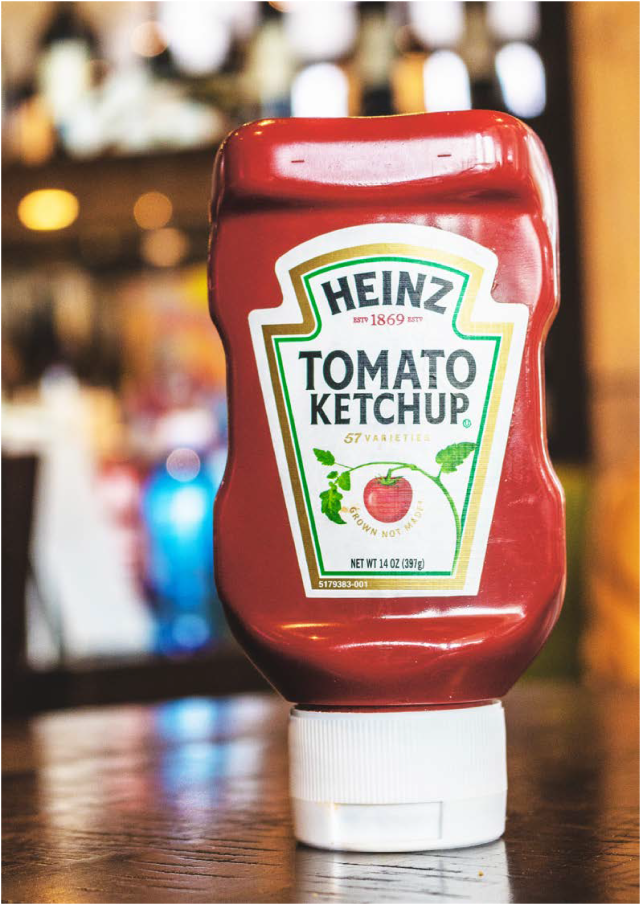
Heinz and CFT: together for ketchup processing
CFT and Heinz have worked together since the beginning of CFT’s history, in the 1950s. Our founder Camillo Catelli collaborated assiduously with the Heinz managers of that time, to innovate and expand the American tomato processing industry, in particular for the production of Tomato Ketchup. This cooperation provided a way of creating a loyal and lasting relationship between the two companies, which continues to this day.
The history and experience in the tomato industry of CFT, and of Rossi & Catelli before that, played a very important role in the decision-making process of Kraft Heinz Mexico for this project. In fact, the Mexican branch chose our solution for the ketchup production line also based on the reliability of our technologies and on the fact that many other Kraft Heinz plants are equipped with CFT Group machines and lines.
A thorough and profitable dialogue with Kraft Heinz Mexico then contributed to the creation of one of the best standard CFT Ketchup lines currently in operation, with cold filling as required by the historic Heinz procedure.
Ketchup Filler
The main features of this machine are:
• Very high level of hygiene
• No mechanical wear with extremely low maintenance costs as a consequence
• Constant filling accuracy, for both small and large volume dosing
• Filling capacity even with highly aggressive products thanks to the use of Aisi 316L stainless steel flow meters
• Rapid format changeover and centralized lubrication system.
Secondary Packaging
The CFT / PKS IBER COMBI shrink wrapper is able to handle cartons and bundles and can be custom designed. The machine stands out for its flexibility and ease of format changeover.
The automatic and complete ketchup packaging line closes with a palletizing robot (CFT 801), a 4-axis articulated robot, programmed for the palletization of cartons and bundles.
Other machines and devices in the line are:
• Plastic bottle unscrambler
• Special conveyors for “no pressure” alignment, accumulation and connection between machines
• Induction welding
• X-ray checking of product level
• “NO-Stop” version of self-adhesive labelling machine
• Laser marker after the labeller
• Weight control of bundles
• The complete line for the production of Tomato Ketchup that we installed in 2019 in the Kraft Heinz Mexico plant is an excellent example of an efficient line,
the result of a great deal of research and design to completely satisfy the customer’s needs.
“the Tomato Ketchup market is projected to
reach US$ 23 billion by 2025.”
MARKET PROSPECTS FOR TOMATO KETCHUP
“The size of the Tomato Ketchup market is projected to reach US$ 23 billion by 2025, growing at a CAGR of 4.2% over the 2020-2025 period.”
The increasing changes in eating habits, the available choice of taste, the sedentary lifestyle are the main factors driving the growth of the Tomato Ketchup market. In some countries, the product is also a convenient substitute for sauce and other condiments, allowing for less expensive food preparation. These are also factors that will drive the growth of the Tomato Ketchup market by 2025.

MARKET PROSPECTS FOR TOMATO KETCHUP
“The size of the Tomato Ketchup market is projected to reach US$ 23 billion by 2025, growing at a CAGR of 4.2% over the 2020-2025 period.”
The increasing changes in eating habits, the available choice of taste, the sedentary lifestyle are the main factors driving the growth of the Tomato Ketchup market. In some countries, the product is also a convenient substitute for sauce and other condiments, allowing for less expensive food preparation. These are also factors that will drive the growth of the Tomato Ketchup market by 2025.
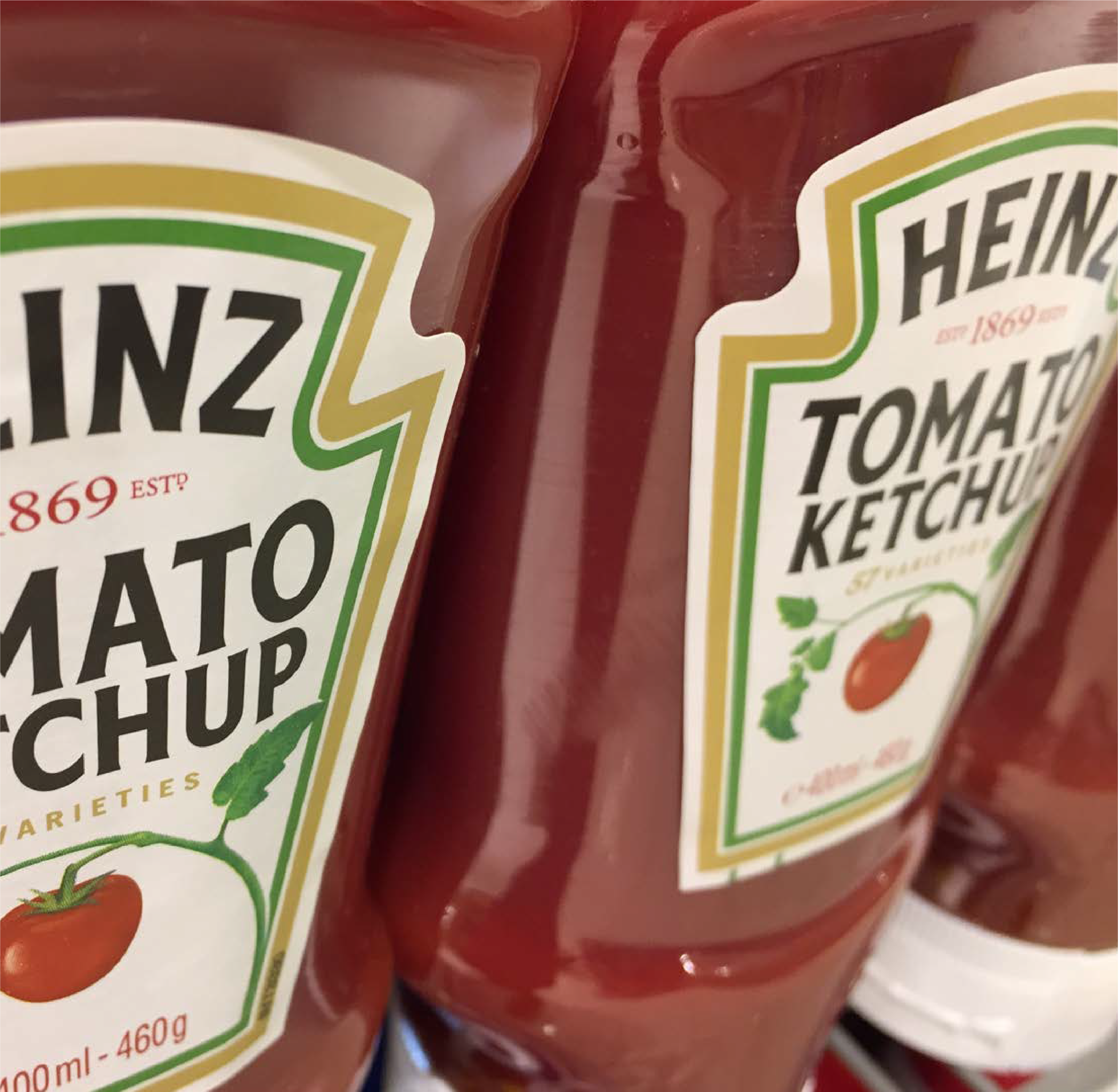
Case Study
Case Study
Heinz and CFT: together for ketchup processing CFT and Heinz have worked together since the beginning of CFT’s history, in the 1950s. Our founder Camillo Catelli collaborated assiduously with the Heinz managers of that time, to innovate and expand the American tomato processing industry, in particular for the production of Tomato Ketchup. This cooperation provided
Case Study
Two years ago when I first received notice of a project for a new beer production and bottling plant in the north of Belgium, the idea piqued my interest straight away. We like to work on the fruition of new projects, even more so when they are in a place that is traditionally linked to
Case Study
ORGANIC FRUIT PURÉE PRODUCTION Fénix S. A. was founded in 1995 and is entirely dedicated to the production of fruit and vegetable purée. The company is located in General Alvear, Mendoza, Argentina. The founder, Mario Perón, in addition to his constant search for quality, also shared his Italian origins with CFT. He had actually arrived


